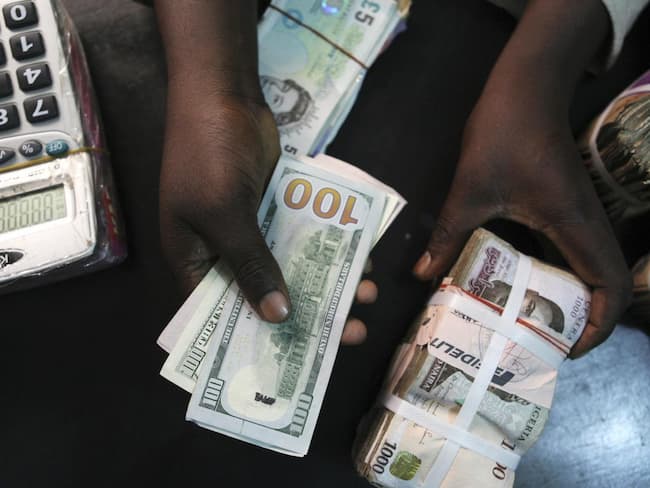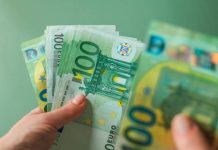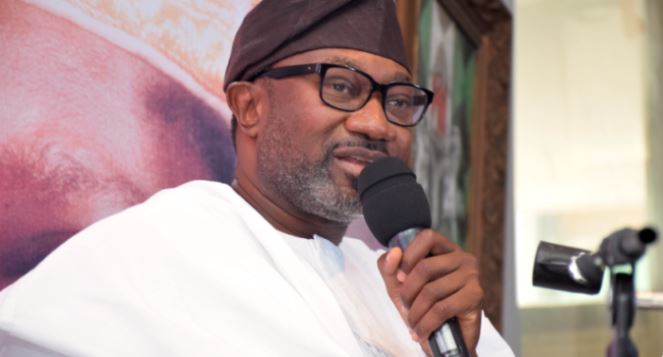The United States of America dollar, on Wednesday, June 28, dipped to its lowest level against the euro in a year on after comments from the head of the Bank of England fueled bets on tighter monetary policy in Europe.
The greenback was last down 0.2 percent against the yen at 112.12 yen after hitting a more than one-month high of 112.46 on Tuesday.
Meanwhile, the euro extended the prior session’s rally against the dollar, which had sent it to its strongest one-day percentage gain against the greenback in more than a year, while sterling also jumped after BoE Governor Mark Carney said the central bank is likely to need to raise interest rates as the British economy comes closer to operating at full capacity.
The euro rose as much as 0.5 percent against the dollar to a one-year high of $1.1390 after jumping 1.4 percent Tuesday. The dollar index, which measures the greenback against a basket of six major rivals, fell as much as 0.4 percent to hit a more than seven-month low of 95.967.
Speaking at a European Central Bank conference in Portugal, Carney said the BoE will debate this “in the coming months.”
Carney’s remarks convinced traders that European monetary policy was shifting in a more hawkish direction, analysts said, just a day after European Central Bank President Mario Draghi opened the door to tweaks in the bank’s stimulus policy, fuelling market expectations that the ECB will announce a reduction of stimulus as soon as September.
Analysts said Draghi’s comments continued to support the euro even as sources familiar with the ECB chief’s thinking said Wednesday that he intended to signal tolerance for a period of weaker inflation, not an imminent policy tightening.
“There is a bit of a concern in the markets about the fact that the balance of monetary policy expectations is moving a little bit in a more hawkish direction in Europe,” said Alvise Marino, FX strategist at Credit Suisse in New York.
The announcement on Tuesday that U.S. Senate Republican leaders postponed a vote on a healthcare overhaul continued to fuel skepticism that U.S. President Donald Trump’s administration would realise pro-growth infrastructure spending and tax reform policies, hurting the dollar.














